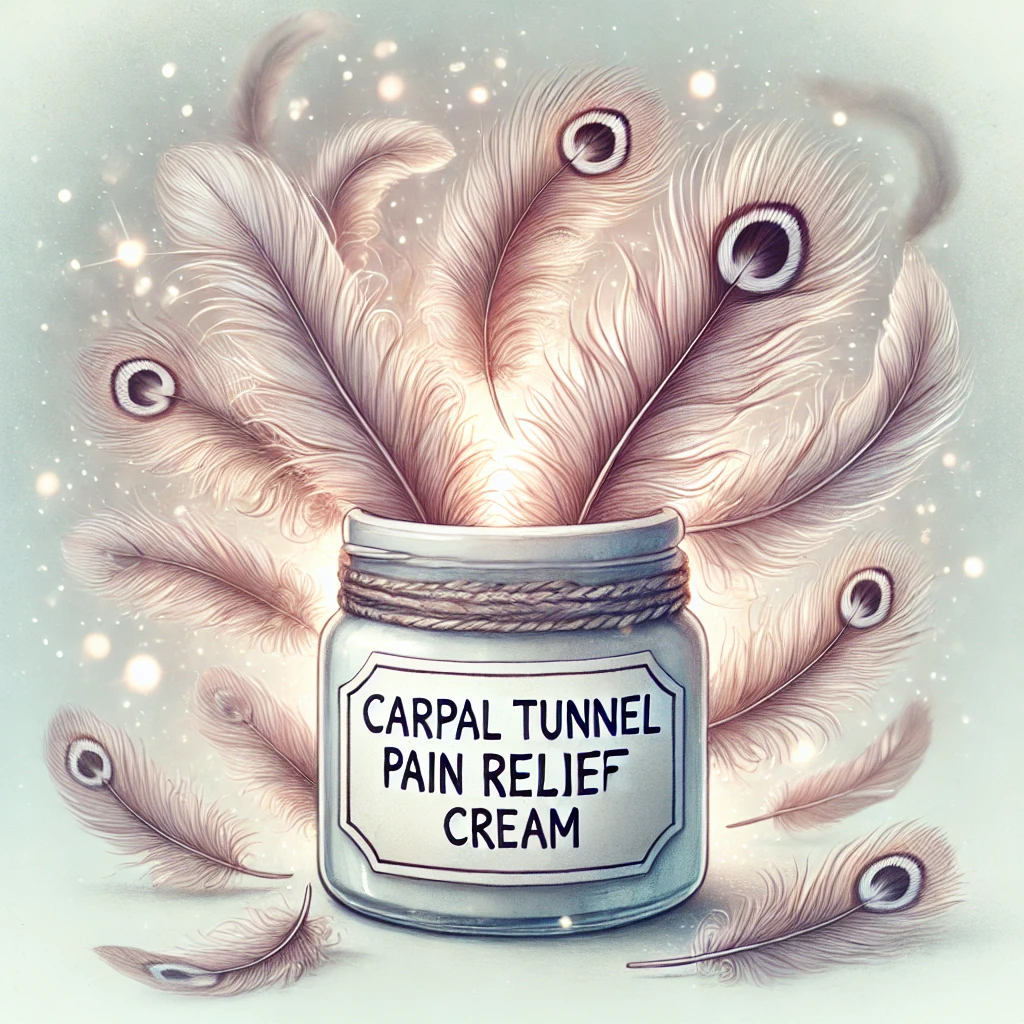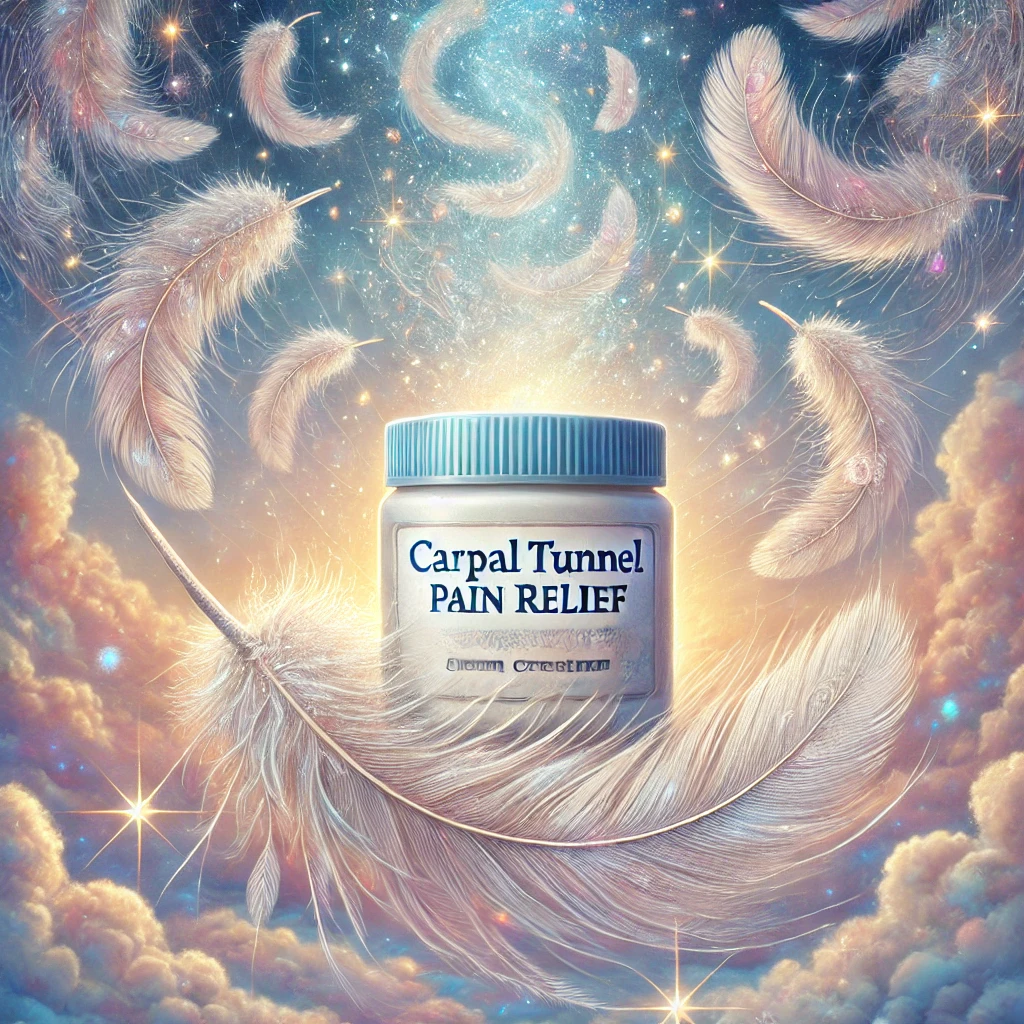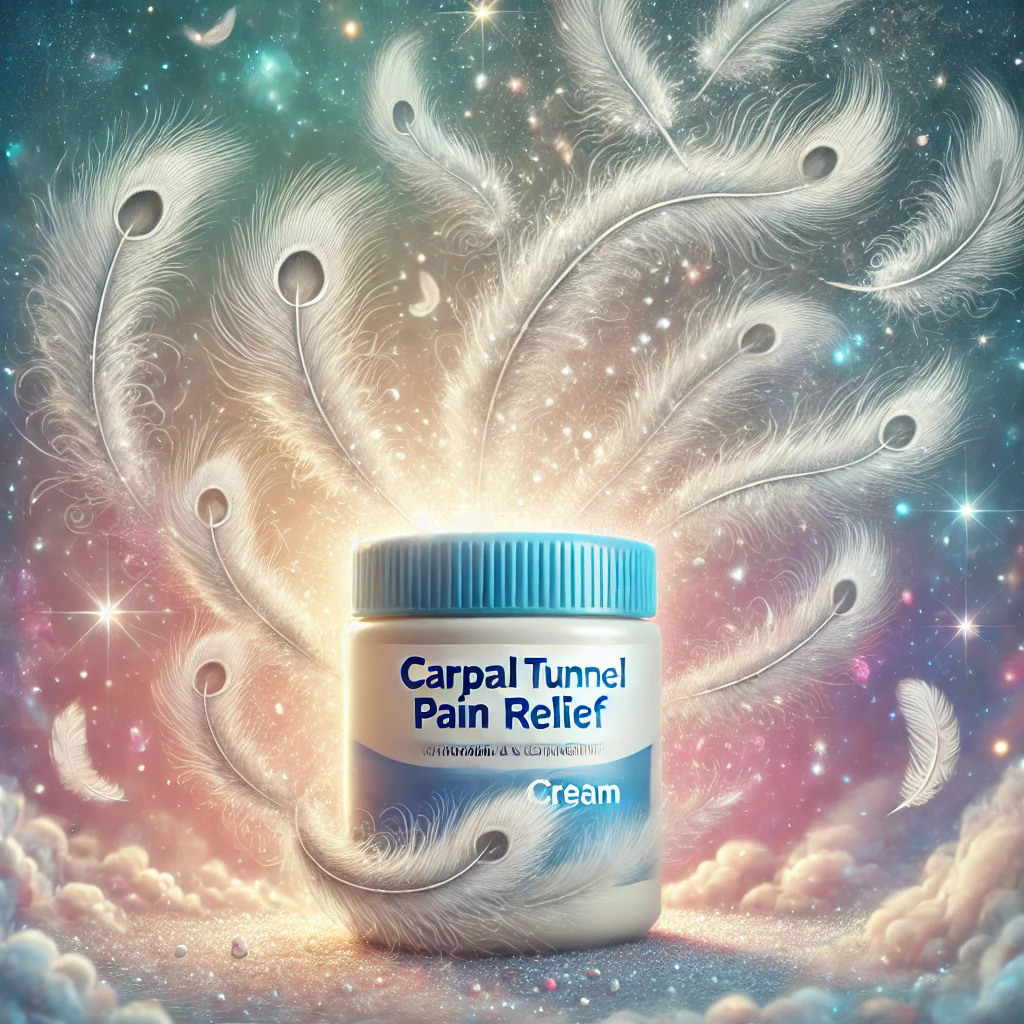Menthol has been used for a long time because of its cool and refreshing feeling. It comes from peppermint and other mint plants. When applied to the skin, it tricks the brain into feeling cold, which helps relieve pain. That’s why it’s a popular choice in many pain relief products.
You can find menthol in different types of pain relief solutions, like gels, creams, patches, and sprays. People use it to ease joint pain, sore muscles, and even headaches. The cooling effect doesn’t just feel good—it helps block pain signals for a short time, making discomfort easier to manage.
Many people keep menthol-based products at home because they work fast and are easy to use. Whether it’s for an aching back, tired legs, or stiff joints, menthol provides quick relief. With its affordability and effectiveness, it’s no surprise that menthol pain relief is a trusted option for pain management.

The Science Behind Menthol’s Pain-Relieving Properties
Menthol does more than just create a cool feeling on your skin. It works with the body’s nerve receptors to help relieve pain. When menthol touches the skin, it activates special cold receptors called TRPM8. These send a message to the brain that makes you feel cold, which helps distract from pain.
This cooling effect is what experts call a “counterirritant.” It tricks the brain into focusing on the cold instead of the ache, making pain feel less intense. That’s why applying a menthol cream can feel so soothing—it’s not just in your head, but actual science at work.
However, menthol’s pain relief is usually temporary. It’s great for quick comfort, but it doesn’t fix long-term pain problems. For example, using menthol for headaches or muscle soreness can help in the moment, but it won’t cure the underlying issue.
Scientists have studied menthol’s effects and found it useful for short-term pain relief. Many athletes use menthol pain relief creams to soothe sore muscles after exercise. Studies also show it helps with arthritis, sprains, and strains. Still, everyone’s body reacts differently, so results can vary.
Even though menthol is helpful, it’s not a complete solution for every kind of pain. It should be used as part of a full pain management plan. If you have ongoing pain, it’s important to talk to a doctor to make sure you’re treating the root cause.
So, when you grab that menthol cream, know that its cooling relief is backed by science. Understanding how it works can help you use it wisely, making it a great tool in your pain management routine.
Menthol Versus Other Pain Relief Ingredients
Menthol is just one of many ingredients found in pain relief products. Each ingredient has its own way of helping with pain. Knowing how menthol compares to others can help you pick the best option for your needs.
Some common ingredients used alongside menthol include camphor, capsaicin, and lidocaine. Camphor provides a cooling effect, but it’s not as strong as menthol. Capsaicin, which comes from chili peppers, creates a warming sensation by activating heat receptors. Lidocaine, on the other hand, numbs the area by blocking pain signals.
Menthol has a unique advantage because it cools the skin quickly without causing a burning or numbing feeling. Some people prefer menthol over capsaicin, which can feel too hot, or lidocaine, which can make the skin feel too numb. This makes menthol a popular choice for fast relief from muscle aches and joint pain.
Many pain relief creams now combine menthol with other ingredients for stronger effects. A product with both menthol and capsaicin, for example, can provide both cooling and warming sensations to soothe pain. However, not every mix works for everyone, so testing different products and getting advice from a healthcare provider is always a good idea.
While menthol is generally safe, using too much can irritate the skin. It’s important to follow the instructions on the product label. If you use menthol pain relief creams often, check with a doctor to make sure they are safe for your condition.
Menthol remains a favorite in pain relief because of its fast-acting cool sensation. It provides quick relief from mild to moderate pain and is a great option for those looking for an easy, effective way to manage discomfort.

Who Should Use Menthol-Based Products
Menthol is a popular choice for easing different kinds of pain. One common use is for joint pain caused by arthritis. Stiff and aching joints can make daily movements difficult, but applying a menthol rub can bring quick, temporary relief. The cooling effect helps distract from discomfort and makes movement a little easier.
Muscle soreness is another area where menthol works well. After exercise or heavy lifting, muscles can feel tight and painful. Rubbing a menthol-based cream on sore muscles can help them relax and recover faster. Many athletes rely on menthol pain relief products after intense training sessions.
Menthol is also useful for headaches. While it won’t cure the pain, applying a small amount to the temples can create a cooling effect that helps provide relief. However, be careful to keep it away from your eyes and nose, as it can cause irritation.
Menthol pain relief products come in many forms. Creams and patches are great for targeting specific pain areas, delivering relief right where it’s needed. These products are especially useful for sports injuries, helping athletes manage pain and stay active.
Menthol can also be found in lozenges and cough drops, but these are mainly for soothing throat irritation. Unlike topical products, they don’t provide relief for muscle or joint pain.
While menthol is a great option for temporary pain relief, it’s not a long-term solution for chronic pain. The best way to manage ongoing pain is to combine menthol with other treatments, like stretching, therapy, or medications recommended by a doctor.
Potential Side Effects and Precautions
Menthol is usually safe, but it’s important to be aware of possible side effects. Some people might experience mild skin irritation, especially if they use a strong menthol product or apply it too often. If you see redness or a rash, it’s best to use less or take a break.
In rare cases, allergic reactions can happen. It’s a good idea to do a small patch test before using a new menthol product, especially if you have sensitive skin or allergies. People with breathing problems should also be careful, as menthol’s strong scent might make symptoms worse.
Menthol’s cooling effect can feel nice, but it can also be too strong for certain areas. Avoid using it on the face, near the eyes, or on broken skin. These areas are more sensitive, and menthol could cause irritation or discomfort.
Using the right amount of menthol is important. Always follow the instructions on the product. Applying too much can lead to skin irritation, and over time, your body might get used to it, making the effects feel weaker.
Pregnant or breastfeeding women, as well as those with health conditions, should check with a doctor before using menthol products. A healthcare provider can help decide if menthol is safe or if a different treatment might be better.
Taking these precautions helps ensure menthol pain relief products work well and safely. By using them correctly, you can enjoy their cooling relief without unwanted side effects.

How to Choose the Right Menthol Product
Choosing the right menthol product can be confusing with so many options available. The first step is reading labels carefully. The menthol concentration tells you how strong the cooling effect will be. A higher percentage means a stronger sensation, so choose one that matches your comfort level.
Look at the other ingredients in the product. Some creams mix menthol with soothing agents like aloe or camphor, which can affect how it feels on your skin. If you have sensitive skin, pick a product with gentle ingredients to avoid irritation.
Checking reviews and asking for recommendations from healthcare professionals can help. Other users’ experiences can give insight into how well a product works, but remember that results can vary. If you’re unsure, a doctor or pharmacist can suggest the best option for you.
Trying a small size first is a smart approach. Instead of buying a large bottle, start with a sample or a small tube to see how your body reacts. Some brands allow returns, so checking store policies can save you from wasting money if a product doesn’t work for you.
Think about your lifestyle when picking a menthol product. If you need fast relief while out and about, a roll-on or patch may be more convenient than a cream. Choosing the right form ensures you get relief in a way that fits your daily routine.
Finally, be cautious when buying online. Stick to trusted brands and reputable stores to avoid fake or low-quality products. Buying from a reliable source guarantees that you’re getting a safe and effective menthol product for your pain relief needs.
Diverse Forms and Applications of Menthol Products
Menthol comes in many forms, giving people options to choose what works best for them. Balms and creams are classic choices, offering direct relief that can be massaged into the skin. These work well for sore joints and muscles, combining a cooling effect with a soothing rub.
Patches provide a longer-lasting solution. They stick to the skin and release menthol slowly, making them great for people who need all-day relief. If you don’t like the feeling of creams or patches, sprays offer a quick, mess-free way to apply menthol wherever you need it.
Newer options like gel beads and roll-ons make applying menthol even easier. These formats allow for precise control over how much you use, reducing the risk of over-application. They’re perfect for people who want a simple and clean way to manage their pain.
Picking the right menthol product depends on your routine. A spray might work best after a workout, while a balm before bed can help with nighttime discomfort. Finding the right fit makes pain relief easier and more effective.
Many people mix different menthol products depending on the situation. You might use a patch at work for steady relief, then switch to a cream at night. Trying different options helps keep the routine fresh and prevents overuse of one type.
With so many choices, menthol offers flexible solutions for pain relief. Whether you prefer creams, patches, or sprays, there’s an option that fits your needs, making it easy to stay active and comfortable throughout the day.

The Future of Menthol in Pain Relief
Menthol has become a popular choice for natural pain relief. People love how it cools the skin and eases discomfort. But menthol isn’t just staying the same—new ways to use it are being discovered all the time.
Scientists are studying how menthol can work with other ingredients to make pain relief even better. New creams and gels are being designed to absorb faster and last longer. This means stronger and more effective relief for those who need it.
Many people now want pain relief that is both powerful and easy to use. Menthol fits right into this trend. Companies are creating products that not only work well but also meet eco-friendly standards, making them safer for both people and the environment.
The demand for menthol is expected to keep growing. More research is helping people understand how it works and why it’s a great option for pain relief. As trust in menthol grows, so does its role in pain management.
Keeping up with new discoveries is important. Learning about the latest menthol products and studies helps people make smart choices about their pain relief. Better knowledge leads to better results.
For those dealing with everyday aches and pains, menthol can be a key part of their wellness routine. Whether in a cream, gel, or patch, menthol is proving to be a reliable and natural way to manage pain safely.
















